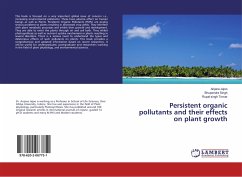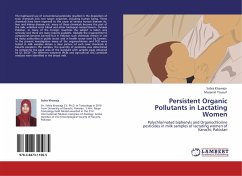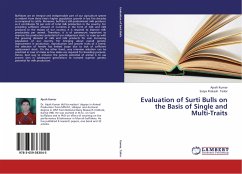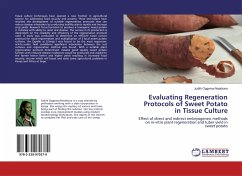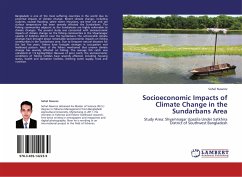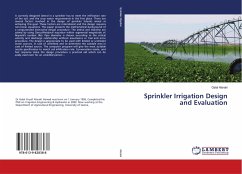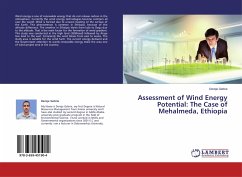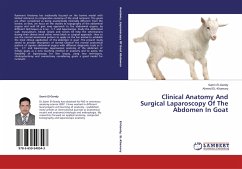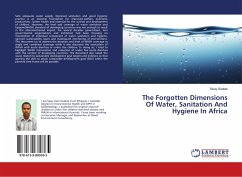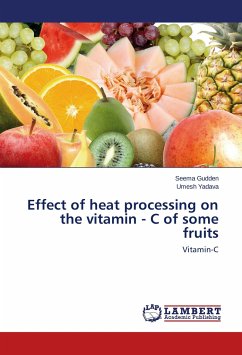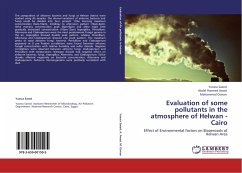
Evaluation of some pollutants in the atmosphere of Helwan - Cairo
Effect of Environmental factors on Bioaerosols of Helwan Area
Versandkostenfrei!
Versandfertig in 6-10 Tagen
45,99 €
inkl. MwSt.

PAYBACK Punkte
23 °P sammeln!
The composition of airborne bacteria and fungi at Helwan district were studied using slit sampler. The diurnal variations of airborne bacteria and fungi could be divided into four periods: 1)the morning maximum concentration (6am-10am), 2)midday to afternoon pattern (10am-4pm), 3)the evening concentration peak (6pm-8pm) and 4)the night time gradually decreased concentration (10pm-12am). Aspergillus, Penicillium, Alternaria and Cladosporium were the most predominant fungal genera in the air. Aspergillus showed double peak pattern, whileas, Penicillium, Alternaria and Cladosporium showed one pea...
The composition of airborne bacteria and fungi at Helwan district were studied using slit sampler. The diurnal variations of airborne bacteria and fungi could be divided into four periods: 1)the morning maximum concentration (6am-10am), 2)midday to afternoon pattern (10am-4pm), 3)the evening concentration peak (6pm-8pm) and 4)the night time gradually decreased concentration (10pm-12am). Aspergillus, Penicillium, Alternaria and Cladosporium were the most predominant fungal genera in the air. Aspergillus showed double peak pattern, whileas, Penicillium, Alternaria and Cladosporium showed one peak pattern. The maximum peaks of total airborne fungi, bacteria, Penicillium and Cladosporium appeared at 8 pm. Positive correlations were found between airborne fungal concentration with relative humidity and sulfur dioxide. Negative correlations were observed between airborne fungi, Cladosporium and Penicillium with temperature. Nitrogen dioxide had negative effect on airborne bacteria, fungi, Aspergillus, Alternaria, and Cladosporium. Sulfur dioxide affected negatively on bacterial concentration, Alternaria and Cladosporium. Airborne microorganisms were positively correlated with dust.



